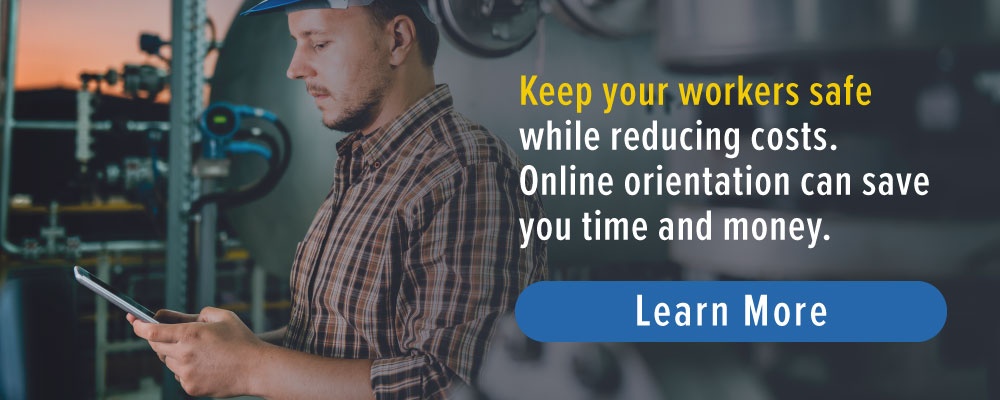
Environmental health and safety (EHS) is the department of a company or organization dedicated to environmental protection, safety at work, occupational health and safety, compliance to required standards and the best methods of doing this. New York City Council Member Jumaane D. Williams, Chair of the Housing and Buildings Committee, stated in January 2017:
Thirty construction workers have died since 2015… There is no other industry where workers die at such an alarming rate without significant preventative recourse. It is the responsibility of the developers and construction companies to ensure there is an atmosphere of safety at construction sites.
This remains an ongoing concern for contractors working in the construction industry for a number of reasons.
Why Is This an Ongoing Concern?
The cause of these accidents has often been the result of a lack of supervision and providing contractors with work that they were not originally hired to carry out.
Some common problems which need to be dealt with are:
Lack of Supervision
Supervision is important for sites of any size or industry, especially ensuring that relevant environmental, health and safety standards are complied with. It is their job to confirm any hazards identified on-site and relevant EHS standards involved to minimize the risk of injuries and accidents.
Lack of supervision by an Environmental health and safety manager or any manager at all has been determined as the cause of accidents, such as the Piper Alpha oil rig fire (US, 1998), also an explosion and fire at the Milford Haven oil refinery (UK, 1994).
Non-routine Work
Non-routine work is any task which a worker has not been employed to carry out. Maybe they have little or no training in it, e.g. the use or cleaning up of a chemical substance when the person using it has no idea of the dangers involved and how to prevent them. This could be a simple task such as wearing gloves.
Not applying to legal requirements or safety issues can lead to civil lawsuits, as a result of any accidents occurring which may have been prevented.
Lack of Training
Ensuring that contractors are always meeting Environmental health and safety standards required for the site they’re working on during a certain phase of the project, is something that is often overlooked.
With an ever-changing group of workers, carrying out different jobs on an active site, the particular hazards involved in this part of the job have not been identified. For example, bent pipes which have been stood on because another worker didn’t know that they had just been fitted. The more of these accidents that happen, the less likely it is for them all to be detected and corrected. The more of them that are identified before work begins, the less likely it is for costs to go over budget correcting them.
Language Barrier
Although the worker may appear to have sufficient experience and training in the job provided, language barriers are something that could cause a lack of understanding on important safety issues as well as their own desire to get the job done. They may be used to some techniques that were helpful on another site, but may be ineffective or even dangerous in a new job.
Why Are Safety Standards not Taken into Account?
We’ve got safe systems for staff, but they don’t always get passed on to contractors. The contractor coming in to repair a leak doesn’t know anything about the chemical industry.
For a long-term position, employees tend to be carefully chosen, making sure they will be able to perform their job effectively and independently over time. When contractors are chosen, standards are often not taken into account. Compliance with the required standards should be seen as more important than:
- Saving costs
- Saving time
- Choosing the contractor closest
These are some of the reasons why contractors with a lack of experience are often mistakenly chosen without sufficient training, often resulting in preventable accidents.
It is common that finding a qualified Environmental health and safety manager that is too expensive for small and medium companies . Sometimes there will be no supervisor at all. Often a benchmark figure is decided upon for the costs of supervision, before all the relevant health and safety problems and requirements have been accounted for.
Is Enough Attention Paid?

If contractors provide details confirming that they are specialized for the chosen job, references provided may not be contacted to find out if this is true. Other causes of accidents by not paying adequate attention to health and safety requirements are:
- Lack of safety enforcement
- Lack of safety equipment and PPE
- Not using safety equipment
- Unsafe site conditions
Details provided by The Occupational Safety and Health Administration (OSHA) in 2012, found that falls were the main cause of death in construction; accounting for 36% of all deaths that year (278 workers). OSHA has revealed the most common causes of these deaths to be a violation of maintaining federal regulations (e.g.no railings for workers on scaffolding over 6ft tall) and a lack of communication, where workers have not been provided with information on the hazards involved and their prevention.
Safety training can be a process that has not been allocated a specific time to be carried out. Falls are the leading causes of accidents and deaths found on construction sites. Being caught between or struck by objects, electrocution and a lack of suitable safety training, sometimes any at all are often found to be the cause.
Conclusion
Companies that are hiring contractors have been paying more attention to important health and safety standards required before they are even considered for the job they are interested in. Implementing an effective Environmental health and safety management system can be quite a long and difficult process but, one successful process for accurately choosing the right contractor involves four steps:
- Contractor prequalification
- Contractor selection
- Mobilization
- Contractor performance evaluation
